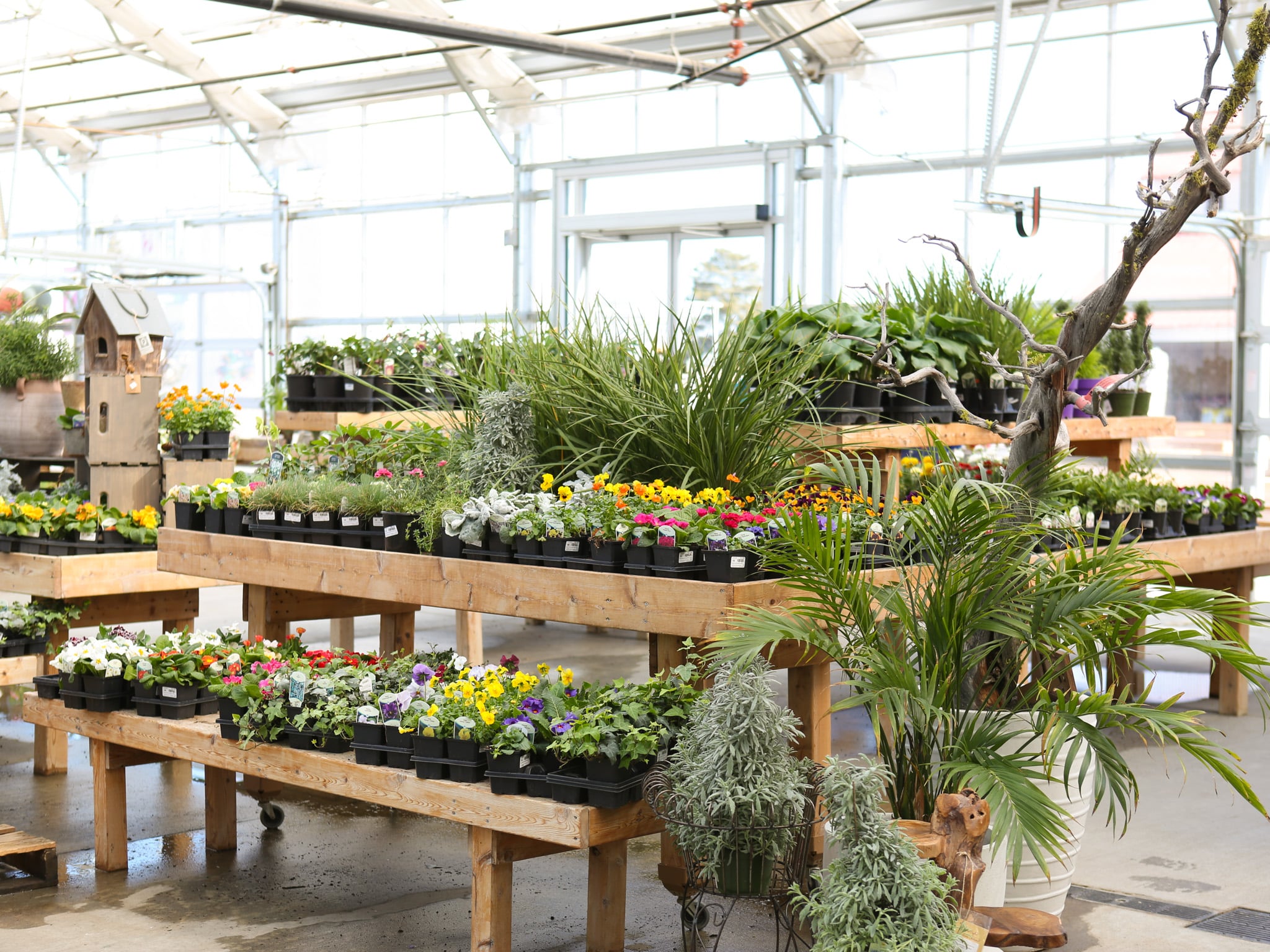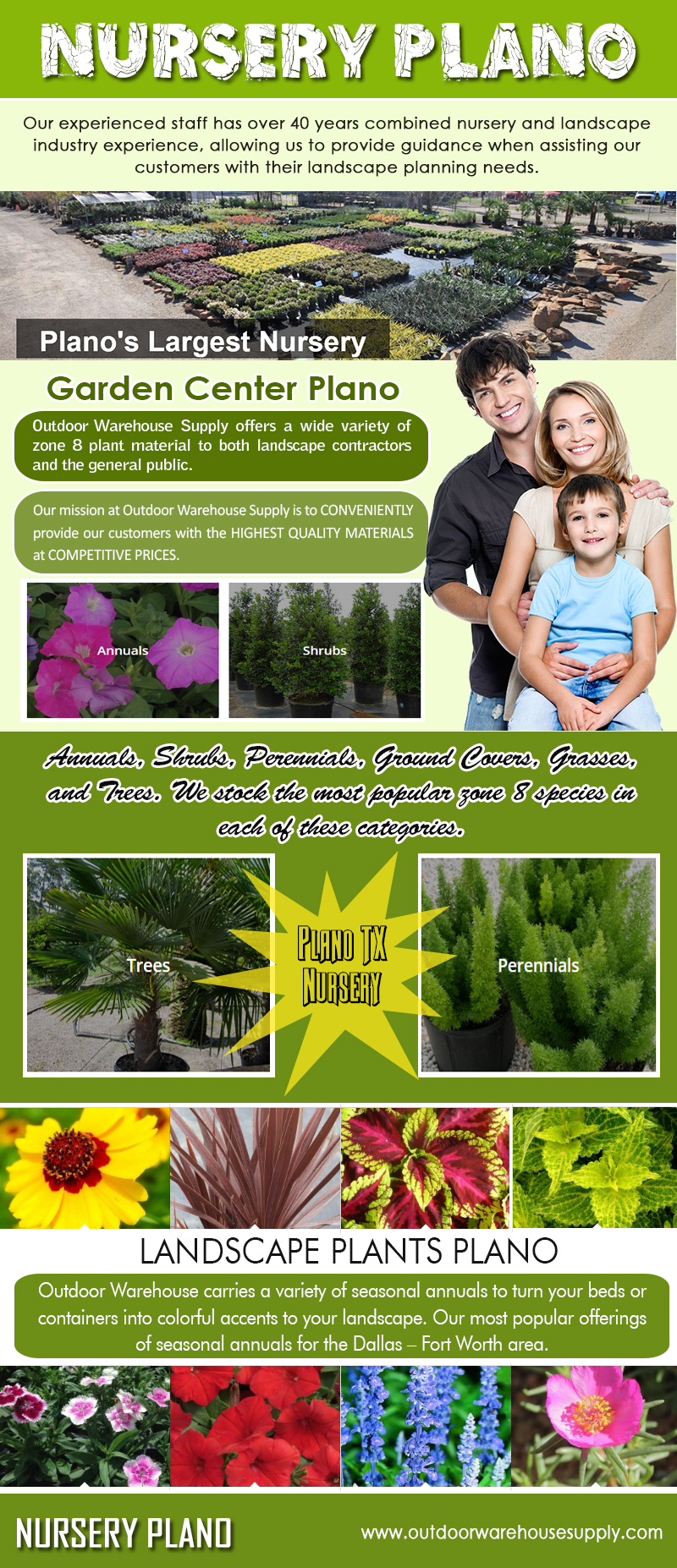
Garden Center Near Me Plant
Garden Center Near Me: Everything You Need to Know About Plants
Introduction
When it comes to gardening, having a reliable garden center near you can make all the difference. From a wide selection of plants to expert advice and tools, a garden center can be your one-stop shop for all things gardening. In this article, we will explore the benefits of having a garden center near you, the different types of plants available, and how to find the best garden center for your needs.
Benefits of Having a Garden Center Near You
Having a garden center near you can provide you with easy access to a wide variety of plants, tools, and supplies. This can save you time and money by eliminating the need to travel long distances to find what you need. Additionally, garden centers often have knowledgeable staff who can provide expert advice on plant care, landscaping, and gardening techniques.
Types of Plants Available at Garden Centers
Garden centers typically offer a wide range of plants, including annuals, perennials, shrubs, trees, and more. Annuals are plants that complete their life cycle in one growing season and are typically used for adding color to flower beds and containers. Perennials, on the other hand, are plants that live for more than two years and come back year after year. Shrubs and trees are larger plants that can add structure and height to your garden.
Choosing the Right Plants for Your Garden

When choosing plants for your garden, it’s important to consider factors such as your climate, sunlight exposure, soil type, and maintenance requirements. Some plants thrive in full sun, while others prefer shade. Similarly, some plants require well-draining soil, while others prefer moist conditions. By understanding the needs of your plants, you can create a garden that thrives year after year.
How to Find the Best Garden Center Near You
When looking for a garden center near you, it’s important to consider factors such as selection, pricing, customer service, and location. Look for a garden center that offers a wide variety of plants and supplies at competitive prices. Additionally, choose a garden center with knowledgeable staff who can provide guidance and support as you navigate your gardening journey.
Benefits of Shopping at a Garden Center
Shopping at a garden center can be a rewarding experience, as you have the opportunity to see and touch the plants before purchasing them. This can help you make informed decisions and ensure that you are getting high-quality plants for your garden. Additionally, many garden centers offer classes, workshops, and events that can help you expand your gardening knowledge and skills.
Common Plant Care Tips

To ensure the success of your plants, it’s important to provide them with the proper care and maintenance. This may include watering, fertilizing, pruning, and pest control. Different plants have different needs, so it’s important to research the specific requirements of each plant in your garden. By following best practices for plant care, you can help your garden thrive year after year.
Benefits of Buying Plants Locally
Buying plants locally from a garden center near you can have several benefits, including supporting your local economy, reducing your carbon footprint, and ensuring that the plants are well-suited to your climate. Local garden centers often carry plants that are specifically selected for your region, making them more likely to thrive in your garden. Additionally, buying locally can help you connect with other gardeners in your community.
Planting Tips for Beginners
If you’re new to gardening, it’s important to start with plants that are easy to grow and maintain. Consider starting with low-maintenance plants such as succulents, herbs, or annual flowers. These plants require minimal care and can help build your confidence as a gardener. As you gain experience, you can gradually expand your garden and try more challenging plants.
Tools and Supplies You Might Need
In addition to plants, garden centers typically carry a wide range of tools and supplies to help you maintain your garden. Some essential tools for gardening include a trowel, pruners, gloves, and a watering can. Additionally, you may need soil amendments, fertilizers, mulch, and pest control products to keep your plants healthy. By having the right tools and supplies on hand, you can ensure that your garden thrives year after year.
Landscaping Ideas for Your Garden
In addition to plants, garden centers can provide you with inspiration for landscaping your garden. Whether you’re looking to create a formal garden, a wildflower meadow, or a vegetable garden, a garden center can help you choose the right plants and design elements for your space. Consider adding features such as paths, trellises, or water features to enhance the beauty and functionality of your garden.
How to Create a Sustainable Garden
Creating a sustainable garden involves using practices that minimize environmental impact and promote biodiversity. This may include using organic gardening methods, conserving water, and attracting beneficial insects and wildlife to your garden. By adopting sustainable gardening practices, you can create a healthy and vibrant garden that supports the ecosystem and reduces your carbon footprint.
Common Pests and Diseases to Watch Out For
Insects, diseases, and other pests can pose a threat to your plants and garden. Common garden pests include aphids, slugs, and Japanese beetles, which can damage plants and reduce yields. Similarly, diseases such as powdery mildew, blight, and rot can infect plants and cause them to wither and die. By monitoring your garden regularly and taking preventive measures, you can protect your plants from pests and diseases.
Importance of Soil Health
Healthy soil is the foundation of a successful garden, as it provides essential nutrients and support for plant growth. Soil health can be improved by adding organic matter, such as compost or mulch, to provide nutrients and improve soil structure. Additionally, testing your soil pH and fertility levels can help you determine the specific needs of your plants and adjust your gardening practices accordingly.
How to Design a Garden Layout
Designing a garden layout involves planning the placement of plants, paths, and features to create a visually appealing and functional space. Consider factors such as sunlight exposure, wind direction, and water availability when designing your garden. You may want to create different zones for different types of plants, such as a vegetable garden, flower beds, or a seating area. By designing a thoughtful layout, you can create a garden that suits your needs and preferences.
Seasonal Gardening Tips
Gardening is a year-round activity, with different tasks to be done in each season. In the spring, you may focus on planting seeds, dividing perennials, and preparing your garden for the growing season. In the summer, you’ll need to water, weed, and harvest your crops regularly. In the fall, you can plant bulbs, clean up your garden, and prepare for winter. By following seasonal gardening tips, you can ensure that your garden thrives throughout the year.
How to Attract Pollinators to Your Garden
Pollinators such as bees, butterflies, and hummingbirds play a crucial role in plant reproduction and ecosystem health. To attract pollinators to your garden, consider planting nectar-rich flowers, providing shelter and water sources, and avoiding pesticides that harm pollinators. By creating a pollinator-friendly garden, you can support biodiversity and ensure the health and productivity of your plants.
Importance of Mulching
Mulching is a common gardening practice that involves covering the soil around plants with a layer of organic or synthetic material. Mulch helps conserve moisture, suppress weeds, regulate soil temperature, and improve soil health. By applying mulch to your garden beds, you can reduce the need for watering, weeding, and fertilizing, and create a healthy environment for your plants to thrive.
Common Mistakes to Avoid in Gardening
Gardening can be a rewarding and fulfilling hobby, but it’s important to avoid common mistakes that can hinder your success. Some common gardening mistakes include overwatering, underwatering, planting in the wrong location, and neglecting pest and disease control. By educating yourself on best practices and learning from your mistakes, you can become a successful gardener and enjoy a beautiful and productive garden.
How to Create a Container Garden
Container gardening is a versatile and convenient way to grow plants in small spaces, on patios, balconies, or windowsills. To create a container garden, choose a suitable container with drainage holes, fill it with high-quality potting soil, and select plants that are well-suited to container growing. Consider factors such as sunlight exposure, water requirements, and plant size when designing your container garden. By following container gardening tips, you can create a beautiful and thriving garden in limited space.
Benefits of Indoor Plants
Indoor plants can enhance the beauty of your home, improve air quality, and reduce stress and anxiety. Many indoor plants are easy to care for and can thrive in low-light conditions. By adding indoor plants to your home, you can create a healthier and more inviting environment for yourself and your family. Additionally, indoor plants can help purify the air and add a touch of nature to your indoor spaces.
How to Overwinter Plants
Overwintering plants involves protecting tender plants from cold temperatures and harsh weather conditions during the winter months. Some plants can be brought indoors to a sunny window or greenhouse, while others can be covered with mulch or a protective structure in the garden. By overwintering your plants properly, you can ensure that they survive the winter and thrive again